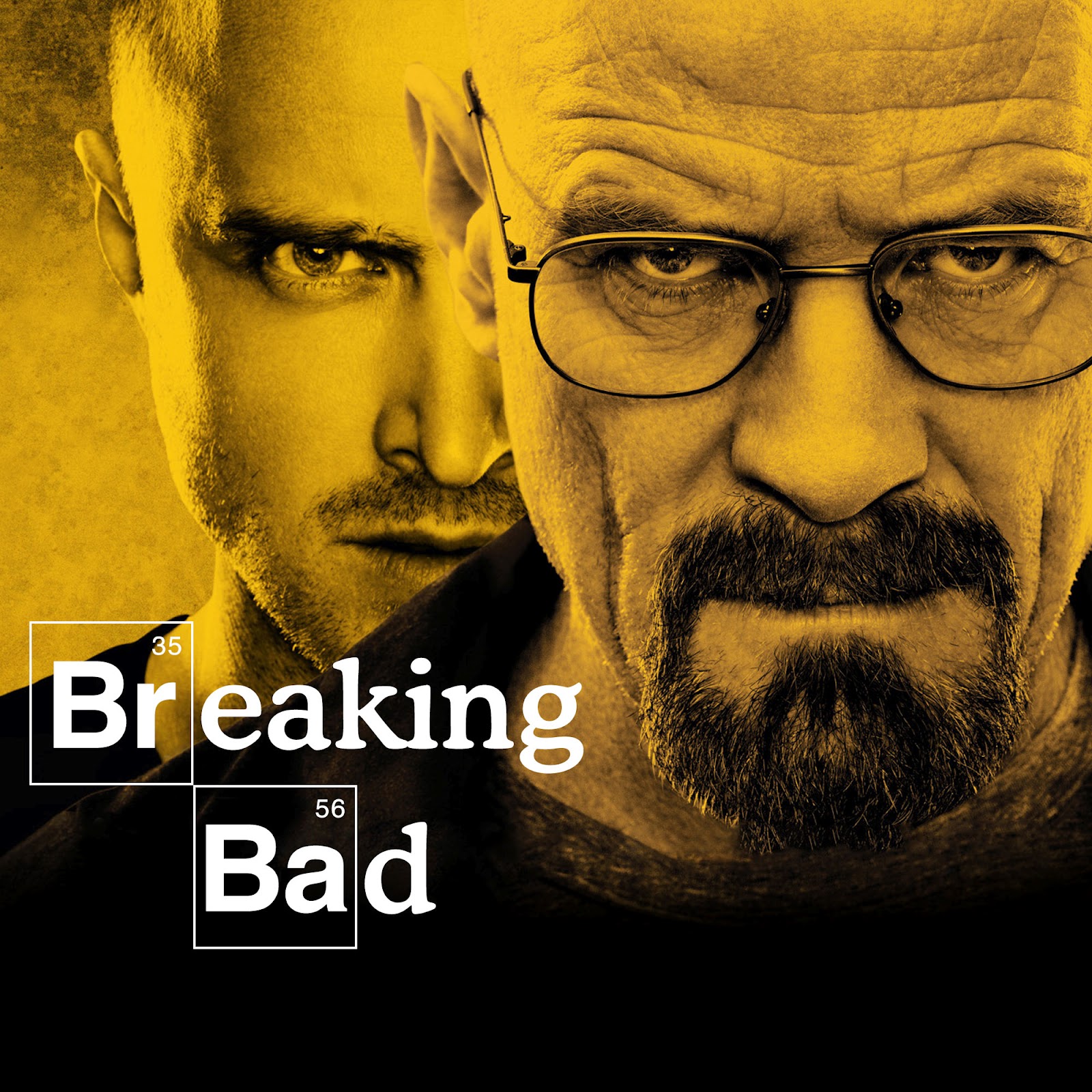 |
| Photo/graphic credits to AMC Network Entertainment LLC |
I'm no expert but when it comes to this show, I like to pretend like I am. I'm only through the 4th season and am currently working on the 5th. But.. ME LIKEY. Here's my take on the show, what I have seen so far, from a stylistic standpoint. AMC, I like what you're doing. I like it a lot..
Mapping Quality Style - Breaking Bad
Breaking Bad, one of AMC’s hit
dramas since 2008, is an island in the “vast wasteland” of contemporary
American television today. This single-camera
drama stands out not only in its creative writing, but in numerous stylistic
choices as well. Breaking Bad establishes itself as a quality production in its use
of flashbacks, montages, high contrast lighting, bold and intense colors, and
music.
The chronology of the narrative in Breaking Bad is truly the most effective
stylistic choice of its production. As
viewers begin each episode they are shown a segment that is often a later
result revealed in that episode or a reaction from a prior episode. Walter White, an aging chemist and teacher
turned methamphetamine cook, is often shown before the title sequence as stuck
in a rough situation with threatening parties to intrigue the viewer and retain
interest. Other characters as well as
small but crucial details to the storyline make appearances in this successful
and repeated hook strategy at the beginning of each episode. Flashbacks and montages, also in this realm
of time management, are employed frequently.
Jesse Pinkman and Walter White are shown “cooking” meth over in montages
many times, often set to music, to emphasize the passage of time to the
viewer. Their tasks assumedly take hours
as they don yellow protective suits and masks, pour chemicals into vats, weigh
the product, and scrub the equipment.
Similar to this, flashbacks of past events are shown occasionally as
appropriate to the storyline.
The visual appearance of the shots
used also has a dramatic affect on compelled viewers of the series as well. The lighting and coloring are always key to
the shot as the setting ranges from the bright and washed out sunny New Mexico
desert day to the dark and cold scene of Jesse’s house or an artificially lit
laboratory. As the show includes
violence, blood is shed and shown numerous instances. In one scene the boss of the operation,
Gustavo Freng, slits a man’s throat in the lab.
As he dies his plentiful, dark, deep red blood is shown running to the
drains on the floor of the laboratory.
This is a juxtaposition of the coloration shown in Jesse Pinkman’s dull
and dingy stoner abodes, apartment and house later on, where colors are of low
saturation as curtains and blinds block natural light from the scene. A drastic change in lighting occurs when
Walter is kidnapped, bagged (very dark lighting), and then unbagged in the
middle of the desert (very bright and washed out lighting). The broad variance
of bright and dark lighting as well as bold and dull coloring make this series
visually appealing to viewers as the narrative unfolds.
The last element that truly
distinguishes Breaking Bad as a
high-quality one-camera production is the music used. Throughout most of the show, the dialogue and
sounds of the scene carry the narrative enough as music is unnecessary. However, in key points of the show where the
narrative takes a drastic change, music is employed to assist in establishing
tone in scene. In season four, Walter
frantically searches for money at his family’s home to the sound of fast-paced
music similar to tracks in action movies.
In the same season’s finale, calmer music is used as Walter delivers the
news to his wife over the phone that the battle with Gus Freng is over as he
simply states,“I won.” In addition, the
same blues/outlaw guitar track is used in the title sequence to establish
continuity and familiarity with the audience.
Emmy-nominated Breaking Bad is by far one of the prime
productions on television today. Overall
the single-camera drama is extremely cinematographic in nature with interrupting
videographic elements in regards to the flashbacks, montages, and title sequence. The use of varying lighting and coloration,
flashbacks and montages, and situational and title music combine with the
writing and narrative to make this series a work of art.
No comments:
Post a Comment